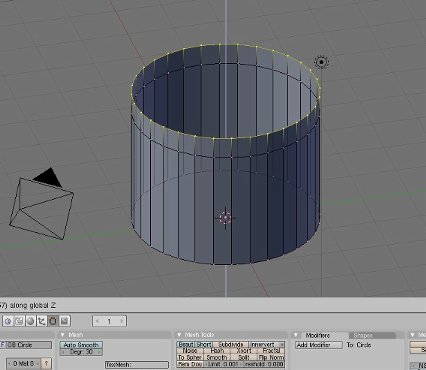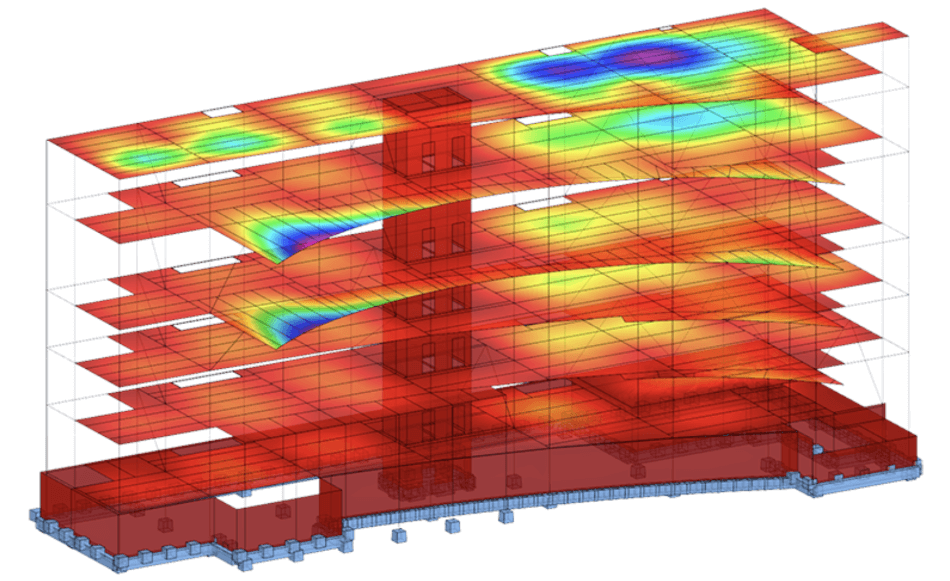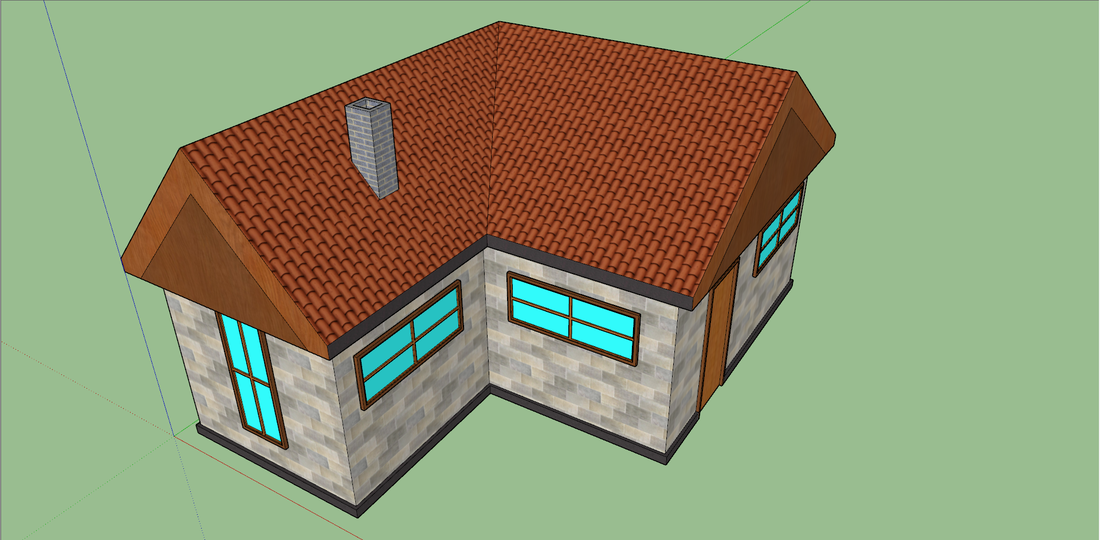

- #SKETCHUP VS BLENDER HOW TO#
- #SKETCHUP VS BLENDER INSTALL#
- #SKETCHUP VS BLENDER CODE#
- #SKETCHUP VS BLENDER DOWNLOAD#
- #SKETCHUP VS BLENDER FREE#
When prompted with the question to flip coordinates, press yes. The materials option won't map the texture correctly. Once enabled the add-on is installed, go to Extensions->OBJ Importer and choose the "no materials" options.
#SKETCHUP VS BLENDER INSTALL#
In Sketchup, go to window->Extension manager and press install extension and browse for the file. Once you have an account and downloaded the file you get a. It is called "Import OBJ with materials".
#SKETCHUP VS BLENDER FREE#
Let's start by looking at the free plugin.
#SKETCHUP VS BLENDER DOWNLOAD#
If you are on the latest version of Sketchup, you can just download at the top of the page. There you can find a version for Sketchup 2017. You need an account to log in and download the plugin.įor the simlab plugin you can scroll down the page and find "download older versions". The free add-on can be downloaded from sketchucation. They are both independent and sadly, I got the impression that the free one is not maintained since 2013. It is not different versions of the same plugin. You can find the free obj plugin for Sketchup here and the paid plugin can be found here. mtl file that we get when exporting to have it properly display the texture in Sketchup after import. The other alternative is a paid add-on from SimLab that works well with textures intact. The texture projection seems to get scrambled when importing to Sketchup. One free alternative that does not work with textures.

There are two alternatives that I have tested. Let's look at the import procedure for Sketchup using. This way you can make a self-contained package.

You can also just use a file name instead of a path if the file is located in the same folder as the.
#SKETCHUP VS BLENDER CODE#
If there is no line beginning with "map_Kd" at the bottom of each block of code then there is no texture to be loaded in for this material. If you look at the first line, this material is called "wood" inside Blender. mtl file in any text editor and there will be a block of code similar to this: newmtl wood mtl file that contains information about the material. The textures you need won't come with the export. Name your file and browse for the location you want to save the file. The UV Map set to rendering does not matter in this case. Find the UV Maps section and make sure that the UV map you need is selected, meaning marked with a blue background. To check this go to the properties panel and find the object data tab. This will be the UV Map that is currently selected in the object properties. obj file format can only export one UV-map.
#SKETCHUP VS BLENDER HOW TO#
How to import Collada into Sketchup Make 2017

This will keep the diffuse texture from Blender to be viewed in Sketchups viewport. How to import a Blender model into Sketchup? The easiest way to get a Blender model into Sketchup is to export using Collada(.dae). skp add-on is not yet available in Blender 2.80. skp files into 2.80 through 2.79 since the. To export and import Sketchup files into Blender we will also look at a way to bring. We will use Blender version 2.80 and Sketchup maker 2017. In this article we will take a look at how we can utilize Blender as Sketchup modelers and export/import textured models between the two programs.


 0 kommentar(er)
0 kommentar(er)
